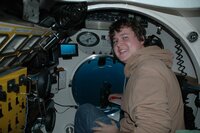Behind the science:
Reproduction, energy storage and metabolic requirements in a mesoph...
2020, June 3
Posted by Veronica Radice
Fields
Ecology
Reproduction
Focusgroups
Octocorallia (Soft Corals)
Locations
Spain - Mediterranean Sea
Platforms
SCUBA (open-circuit or unspecified)
Fishing
“Energy storage, reproduction, and metabolism of a mesophotic gorgonian coral in the Mediterranean”
What was the most challenging aspect of your study (can be anything from field, lab to analysis)?
Without a doubt, sampling was the most challenging aspect of this study. Paramuricea macrospina is the most abundant gorgonian in the Menorca Channel’s continental shelf, between 40 and 110 m depth, and represents a major component of trammel net by-catch. For this reason, P. macrospina samples were obtained as bycatch from trammel net fishing. This sampling technique worked quite well from autumn 2011 to spring 2012. Unfortunately, during summer 2012, due to a combination of bad weather and bad luck, we did not catch a single colony. Therefore, in order to close this species reproductive cycle, we had to wait until summer 2013 when the last colonies were obtained, this time by SCUBA diving.
What was the most memorable moment in undertaking this study?
For sure the most memorable moment was when Janire Salazar, an undergraduate student intern at the moment, found planula larvae inside P. macrospina polyps. At first, we thought that these larvae could have been ingested and belonged to other species. However, after spending several days dissecting polyps and encountering larvae polyp after polyp we realized that P. macrospina was an internal brooder. This finding shocked us as it meant that P. macrospina presented a different reproductive strategy than Paramuricea clavata, the other congeneric species in the Mediterranean Sea, which is a surface brooder.
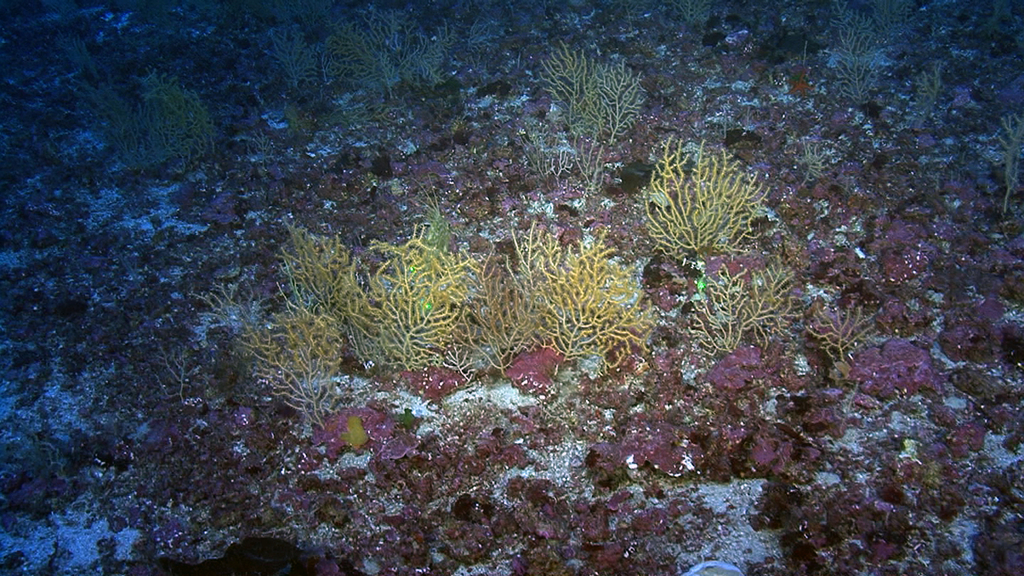 Paramuricea macrospina meadow on the Menorca Channel continental shelf.
(C) Institut de Ciències del Mar
[CC BY-NC 4.0]
Paramuricea macrospina meadow on the Menorca Channel continental shelf.
(C) Institut de Ciències del Mar
[CC BY-NC 4.0]
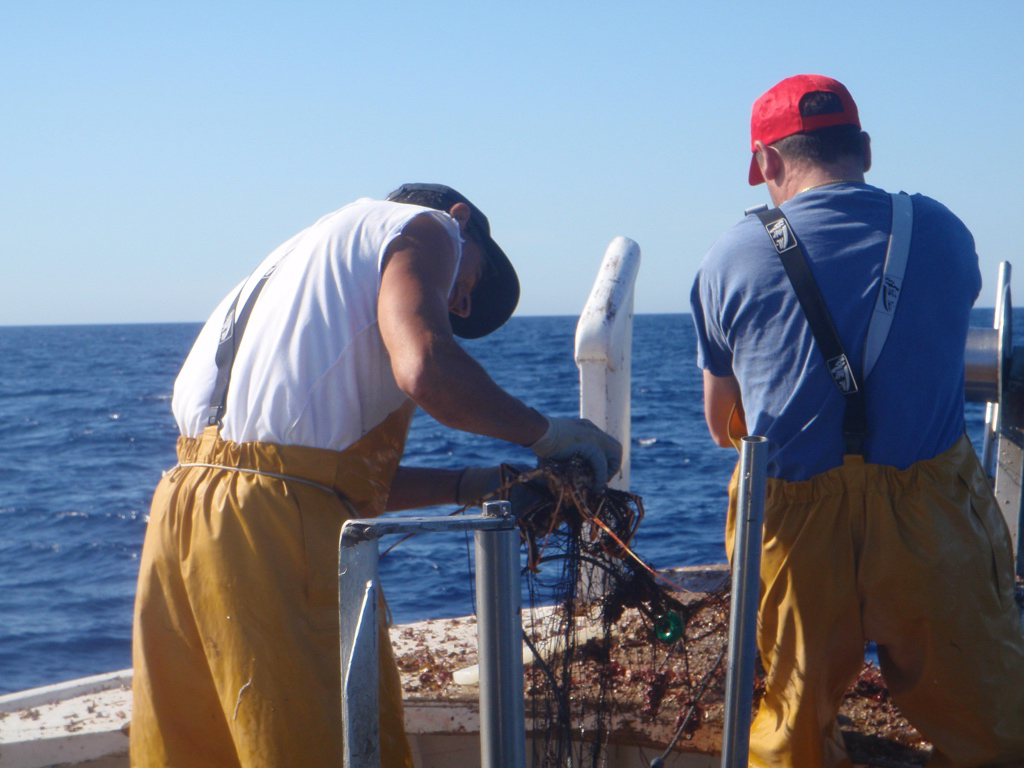 Fisherman on board of an artisanal boat in the Menorca channel.
(C) David Diaz
[CC BY-NC 4.0]
Fisherman on board of an artisanal boat in the Menorca channel.
(C) David Diaz
[CC BY-NC 4.0]
What was your favorite research site in this study and why?
The coauthors in charge of sampling agree that SCUBA diving sampling stations were their favorites. These stations were covered by P. macrospina meadows growing on maërl beds. Down there, the three-dimensional structure and fragility of this habitat could be appreciated and the function and importance of P. macrospina as a habitat forming species can be understood.
Other than your co-authors, with whom would you like to share credit for this work?
I would like to share the credit of this work with the fisherman from the artisanal fishing boat GOGA (Cala Ratjada, Mallorca) and CURNIOLA (Ciutadella, Menorca). Without them this work would not have been possible.
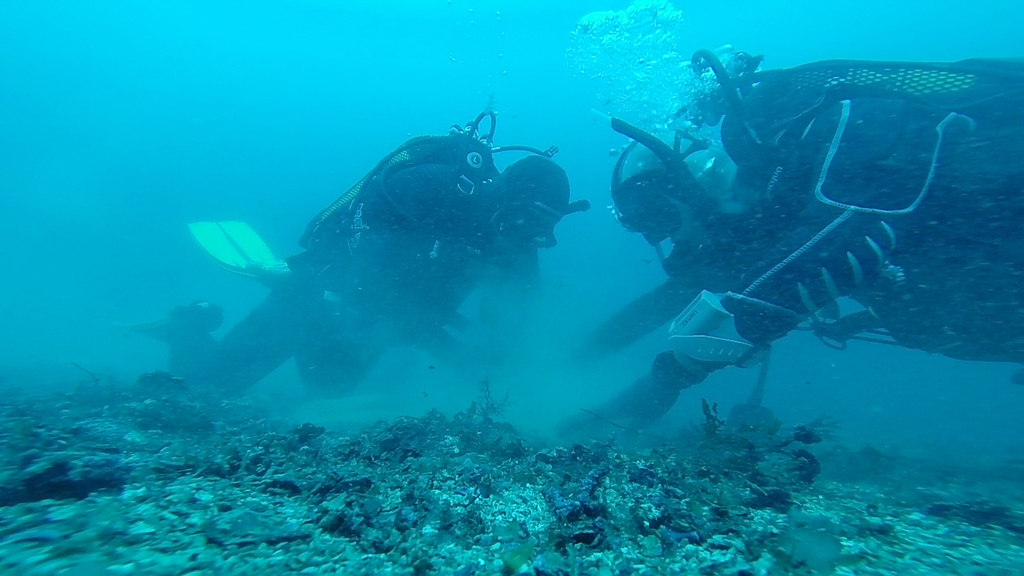 Scuba divers sampling Paramuricea macrospina colonies on a maërl bed in the Menorca channel.
(C) David Diaz
[CC BY-NC 4.0]
Scuba divers sampling Paramuricea macrospina colonies on a maërl bed in the Menorca channel.
(C) David Diaz
[CC BY-NC 4.0]
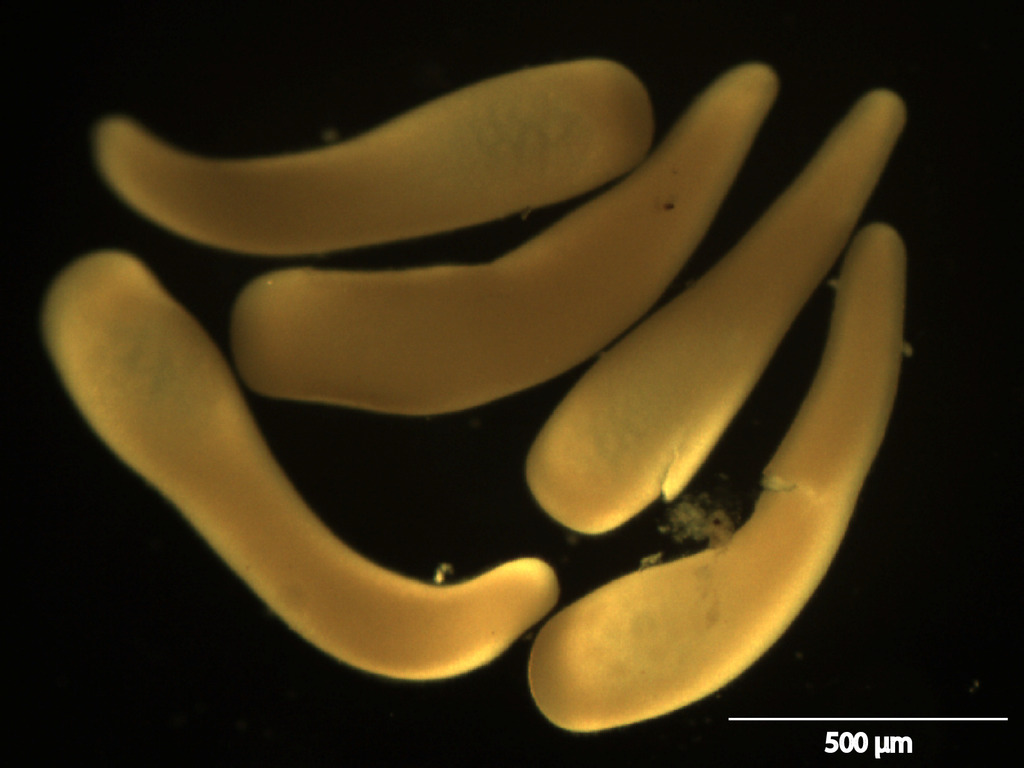 Close up of gorgonian coral Paramuricea macrospina larvae (Institut de Ciències del Mar).
(C) Jordi Grinyó
[CC BY-NC 4.0]
Close up of gorgonian coral Paramuricea macrospina larvae (Institut de Ciències del Mar).
(C) Jordi Grinyó
[CC BY-NC 4.0]
Any important lessons learned (through mistakes, experience or methodological advances)?
I have learned the great potential that by catch samples may have.
Can we expect any follow-up on this work?
Indeed, when caught on a trammel net, colonies are usually reeled on board still attached to the rodolith, after which they are deployed back into the water. This observation raised the question on what would be the impact that artisanal fishing may have on P. macrospina populations. After performing a few experiments, we learned that approximately 95% of these colonies reached the sea floor in an upright position. This could explain the good conservation status that most artisanal fishing grounds have in the study area. Also, in the past years we have studied the growth rate of P. macrospina and other mesophotic gorgonians.
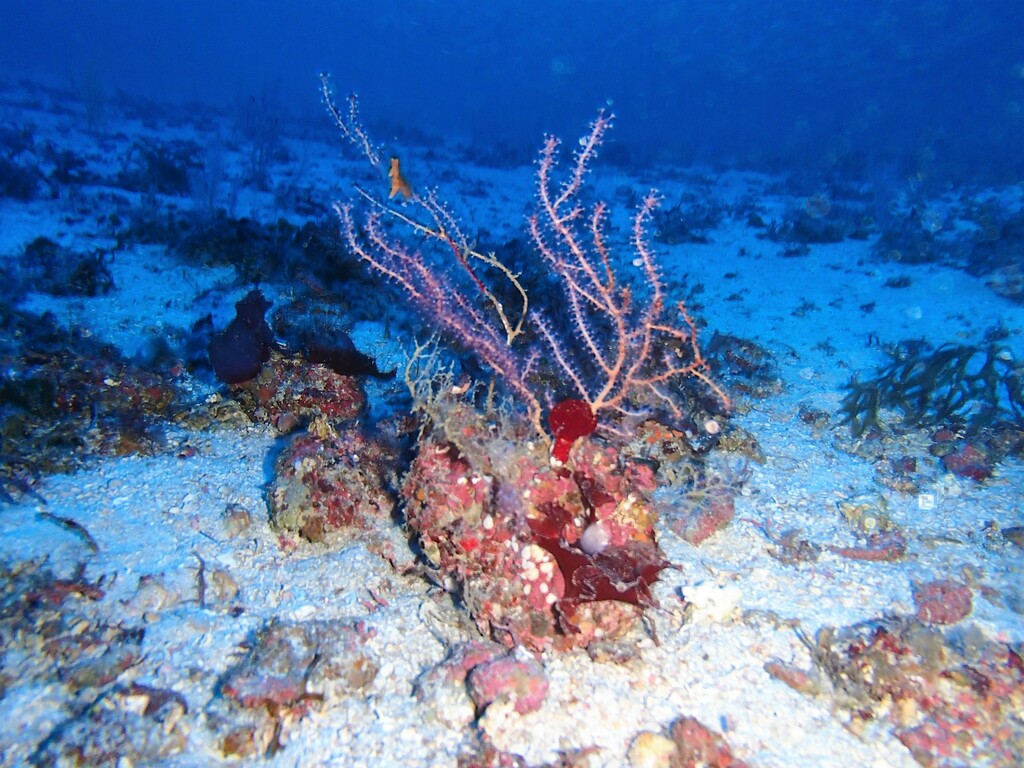 Paramuricea macrospina growing on a rodolith bed in the Menorca Channel.
(C) David Diaz
[CC BY-NC 4.0]
Paramuricea macrospina growing on a rodolith bed in the Menorca Channel.
(C) David Diaz
[CC BY-NC 4.0]
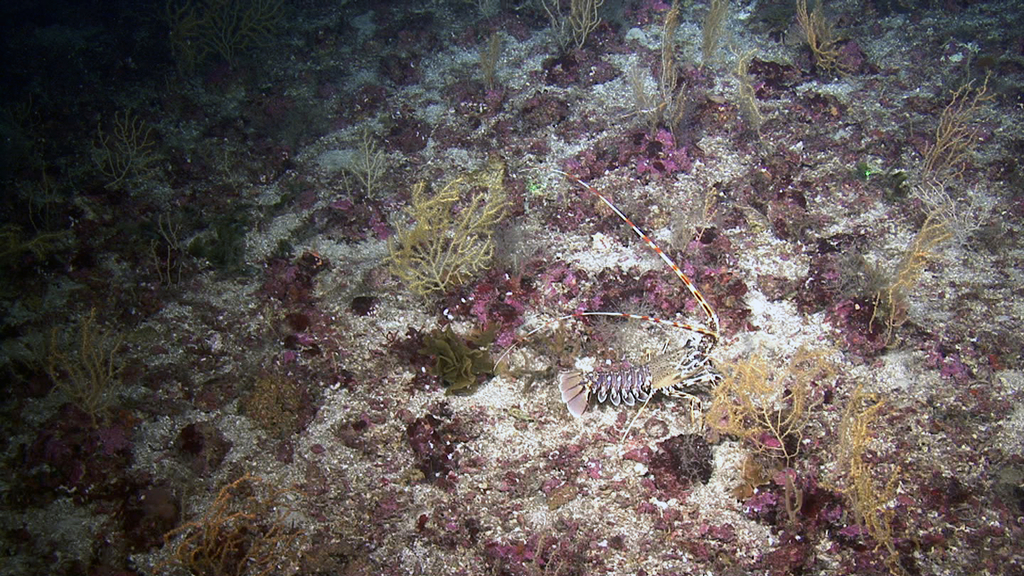_crossing_a_P._macrospina_meadow_at_night.jpg) Spiny lobster (Palinurus elephas) crossing a Paramuricea macrospina meadow at 80 m depth.
(C) Jordi Grinyó
[CC BY-NC 4.0]
Spiny lobster (Palinurus elephas) crossing a Paramuricea macrospina meadow at 80 m depth.
(C) Jordi Grinyó
[CC BY-NC 4.0]
Featured article:
|
|
Reproduction, energy storage and metabolic requirements in a mesophotic population of the gorgonian Paramuricea macrospina | article Grinyó J, Viladrich N, Díaz D, Muñoz A, Mallol S, Salazar J, Castillo R, Gili JM, Gori A (2018) PLoS ONE 13:e0203308 |

|
